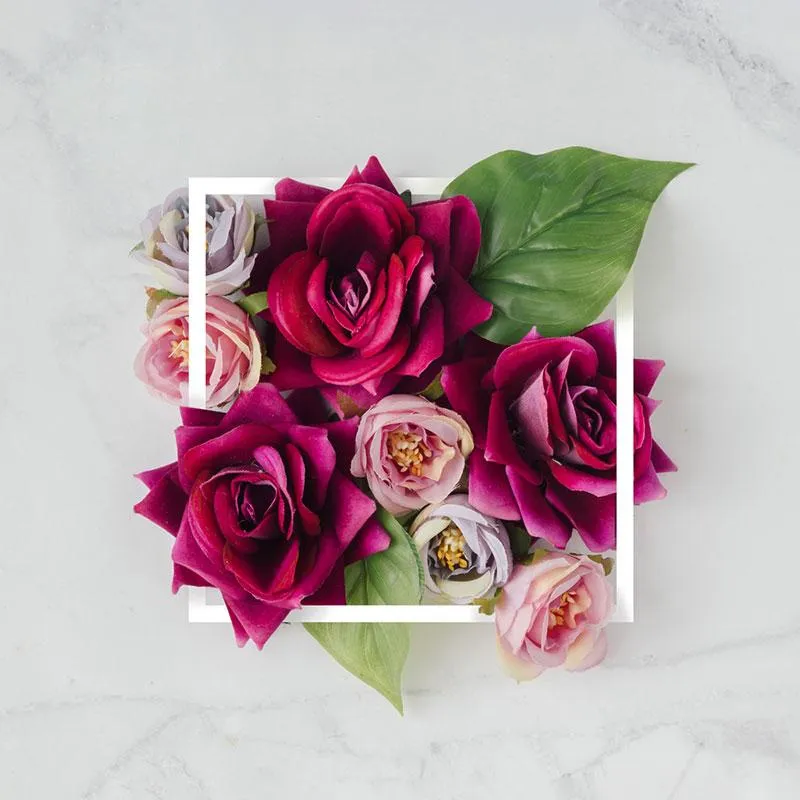Guest Post: 7 Ways Images Improve Content Engagement

People are visually-inclined creatures. In fact, every time you look at a picture or even just open your eyes and look around, as much as 2/3 of your brain’s activity is devoted to visual data processing and storage. The same goes for every person on Earth capable of sight. Using that much brain power means you are paying a lot more attention, too. Knowing how to attract that attention can be useful- especially if you’re trying to promote or connect with your customers.
Images, if used incorrectly, can be a burden on your web presence. However, if you know how to use them, they can be one of the best tools for boosting reader and customer engagement. Images don’t just mean static stock photos either. Using GIFs, infographics, videos, slideshows, and video clips are equally strong strategies- maybe even be stronger. Here are some great ways that visual mediums can boost customer engagement.
Images are Easy to Share
Images can be a powerful new tool to connect with your audience. They compel your audience to reach out and share content. Whether you are trying to boost the subscriber count on your blog or the number of followers you have on social media, the right images can give you just the right push.
In fact, blog posts that include video or infographics are at least 3x more likely to be liked or shared than any other type of post. This also means that you should be making it easy for people to share your content by including clearly visble buttons.
Mobile apps are also making it much easier to share images. Users are connected to social platforms, email, and message applications right at their fingertips. And the best app makers are making it incredibly easy for everyone to build and publish apps. Mobile apps account for 89% of mobile media time. Find out how to build an app at an affordable price and stay ahead of the competition with an easy to use app maker.

Images Offer a Concise Message
“A picture is worth a thousand words” is something we’ve all heard more times than we can remember. The thing is, it’s true. How well do you think Lego sets would go over if their instructions were blocks of text rather than diagrams? Step-by-step images are a bit magical when it comes to breaking down big problems. Even if the concept you are trying to get across is simple, the right image can also make it memorable- and that’s something you want to accomplish.
This also means that the wrong image can take away from your otherwise great content. Even if the picture is professional, lovely, or intriguing make sure to ask yourself if it represents what the post is trying to say. The same test should be put to any generic stock images. If it’s the same “woman laughing with salad” or “business team” picture you’ve seen a thousand times- that’s not helping your content or encouraging anyone to click or share.
Different Formats Appeal to Different People
Maybe you already have plenty of static images all over your website that you are entirely happy with. Perhaps, next, you can try using an infographic instead, or a GIF. Maybe even a short video. According to some surveys, not only are consumers 4x more likely to watch a video but even just including the word in the subject line of an email can increase open rates by as much as 20%.
Change up your standard format and people might pay a little more attention. That, and you might get a few more shares from people who just appreciate visual content more. People are much more likely to abandon material that is too text-heavy even if the information is useful.
The Right Picture can Connect Emotionally
As mentioned above- don’t just stick with photography or bland images. There are plenty of places online where people create and submit artwork. Many artists would be flattered to see their work being used within a stellar article or guide (with proper credit given.) In fact, depending on the subject, a conceptual illustration might be a much better fit than a photograph and get your point across. Further, don’t be afraid to brush up on your Photoshop skills to make your own graphics.
If you aren’t sure what to create, you could start with turning your most powerful lines into a shareable image. Visual quotes like this are very popular on Facebook, Tumblr, and Instagram. Screenshots are another easy suggestion. Sketch-notes (or visual note taking) are similar to hand-drawn infographics and napkin sketches, they are informal and still help break down concepts into visual components.

Give Credit Where It’s Due
The image you use might be a photo, video, GIF, or illustration. Whatever you choose to use, it’s imperative that you have permission to use it and give appropriate credits. In fact, creating a good relationship with the image’s source or creator might give your website a little more exposure, especially if they link back to show where it was used. Or if your readers recognize where it’s from, they’ll appreciate that.
On the flipside, when you create original content, encourage distribution. It may help to create a Terms and Conditions section that allows it to be shared freely, provided they link to or credit the source.
Use the Right Size and Color for Your Images
Some people don’t have the fastest internet connections. Making sure your images are compressed but still of decent quality is crucial to keeping them from bouncing due to long load times. Not only that but you want to make your images stand out in your content, too. Make them too small, and people might glaze over them or mistake them for an advertisement. And don’t forget that social media sites may resize images when they are shared or only show a portion.
If you ever create your content, pay attention to what colors you use (and maybe brush up on your color theory). Red is bold and is often used in advertising as it quickly captures attention. It also holds a youthful connotation (think Kellogg’s and Nintendo.) Royal blue signifies professionalism and loyalty. Green is the color of health and money. A strong yellow can grab attention like red, but in a more subtle way. Purple is the color of imagination.
Include Images in Your SEO Strategy
Whenever you use an image, take the time to write a keyword-rich description, fill in the alt text, use an appropriate title, and optimize the file name. Doing all of those things will maximize the SEO potential of each and every graphic you use.
On the surface, doing these things might not seem to make a difference. The reality is that some people might not see the little bit of text you add, but it will be seen by the “spiders” that determine when and how often your website appears in search results.
Conclusion
We’re living in a world where people have access to a lot of information. Most of that information is being consumed visually. Smartphones are making it easy for users to engage and share media. Implementing these 7 steps to your current content strategy can increase engagement. The right image with this strategy can boost your reach.








